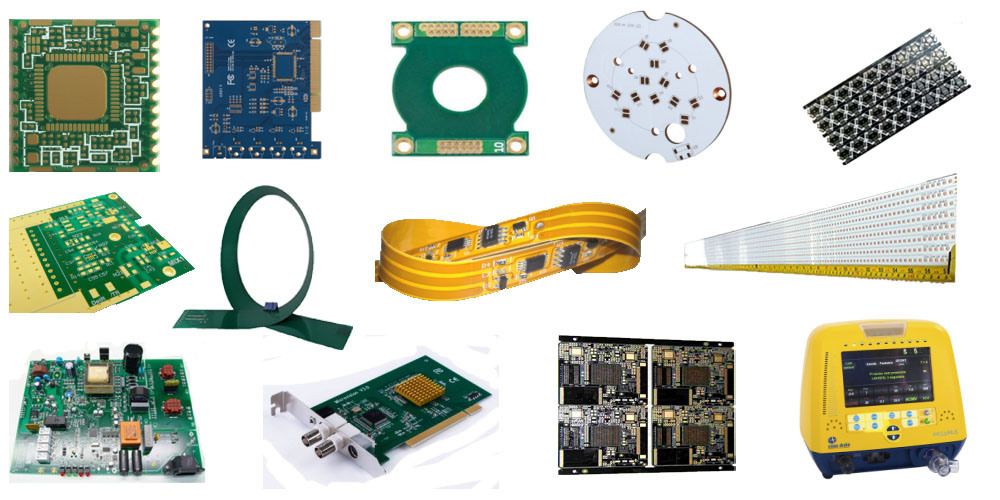Proper PCB Prototype manufacture is essential for meeting the requirements of the clients. The cost of PCB prototype production is usually determined according to the data and technical requirements provided by the client. For instance, the number of products, function, process needs, solder mask color, board thickness, etc. This kind of estimation also includes the benefits which can be derived from manufacturing. In fact, due to PCB capabilities, it is widely used in the field of electronics.
Mass Production with PCB
One of the latest developments in the field of PCB prototype manufacturing in China is the concept of mass production. There are several small and medium-sized industries, which have already achieved success by resorting to this innovative idea. The concept of mass production was actually developed for the mass production of electronic components in China. Many top-ranking global companies are incorporating this concept in their operations to increase productivity and profit margins.
Creating Best Quality PCB Products
PCB manufacturers try their best to provide the best quality products by integrating the best available components. They first analyze the demands of the market and come up with the most feasible design and then proceed with production. This is where they have to work on the characteristics of PCB to make it cost-effective and worth manufacturing at a low margin.
Manufacturing Process of PCB
The process of manufacturing PCB entails material handling, layout, circuit designing, and testing. These are all very important for creating a good product that will be accepted by users. All these different stages require specialized people with proper knowledge and skillset in order to get the best out of the process.
Integrating Essential Features of PCB
There are several aspects that determine the overall quality of the finished product. These may include the amount of material used, color printing options, dielectric properties, and even plating options are explored. However, the overall quality of the PCB circuit boards largely depends on the skills of the designers and how efficiently they can integrate the essential features. For instance, some of the most important characteristics include flexibility in the space layout, component match, reliability, and ease of component removal or installation. PCB manufacturers usually follow certain design templates to ensure that the final product meets the set criteria. In addition to this, the overall quality also depends on the type of finishing methods that are applied to the final product.
Main Categories of PCB
The characteristics of PCB generally fall under five main categories, i.e., overlay, ribbon, single-sided, and full-sided. Overlay PCBs are generally used for small-scale manufacturing and incorporate circuit-board components that are thin enough to be placed on the surface of an existing circuit board. Ribbon PCBs are designed in such a way that they lay directly on top of the conductors on the motherboard or other electronic components. Single-sided and full-sided PCBs use different methods to insulate chips and the circuit board. Lastly, the least expensive method of producing the PCB is to create them using gel additive resin materials.

